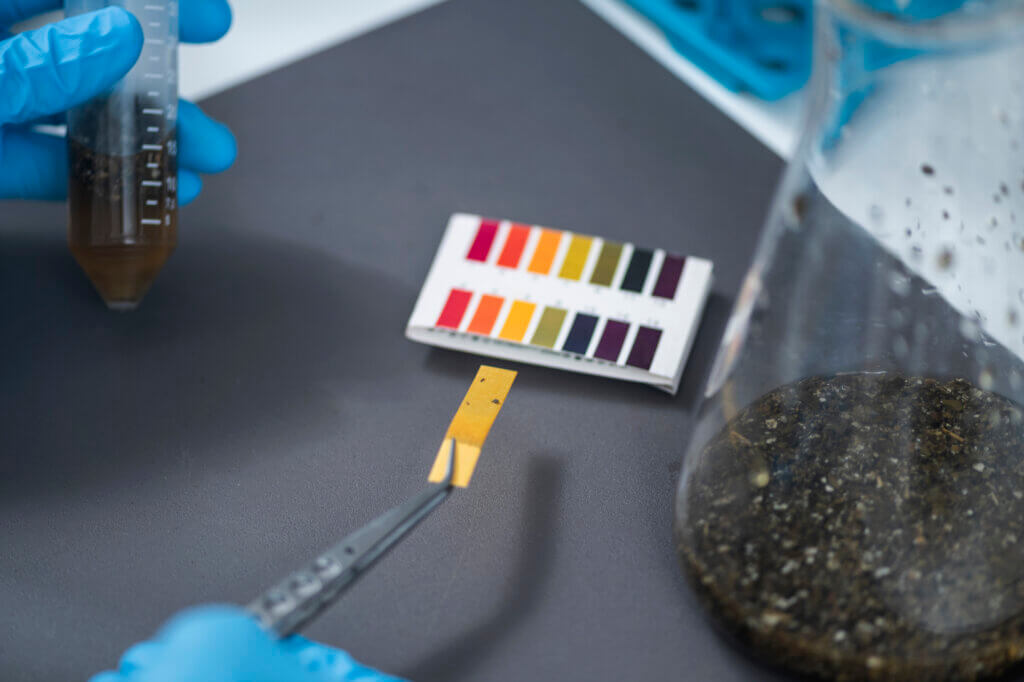

Chemistry often feels like a challenging subject for Class 10 CBSE students. With so many reactions, equations, and terms to memorize, it’s easy for students to get overwhelmed. One of the most important chapters—Acids, Bases, and Salts—is not only central to the Class 10 syllabus but also forms the backbone of chemistry in higher classes. The good news is that with the right approach, parents can help their children turn this chapter from intimidating to manageable, and even fun.
Why Acids, Bases, and Salts Matter
This chapter isn’t just theory—it’s chemistry in action. It explains everyday phenomena like:
- Why lemon juice tastes sour.
- Why soap feels slippery.
- Why baking soda can put out small fires.
- How salts like washing soda and bleaching powder are used in daily life.
By mastering this topic, students not only score well in exams but also begin to see how chemistry connects to the world around them.
Common Struggles Students Face
- Memorizing Too Many Equations – From neutralization reactions to preparation of salts, students often struggle to keep track of chemical equations.
- Understanding pH – The concept of pH scale and indicators can feel abstract without visualization.
- Application-Based Questions – Students may know a reaction but get stuck when the same concept is framed in a real-life situation.
How to Simplify the Chapter for Students
- Use Real-Life Examples
Encourage your child to connect textbook concepts to daily life. For instance:- Use turmeric as a natural indicator to show how bases turn it red.
- Compare acids like vinegar and lemon juice to make learning more sensory.
- Leverage Visual Aids
Diagrams, charts, and color-coded notes for acids, bases, and salts can help reduce confusion. The pH scale is particularly easy to grasp when presented visually. - Break Down Equations
Instead of memorizing, teach your child to understand the “why” behind each reaction. For example, neutralization works because acids donate H⁺ ions and bases donate OH⁻ ions—together forming water. - Encourage Hands-On Activities
Simple experiments, like testing the pH of soap, lemon juice, and soda using litmus paper, make learning active and engaging. - Practice with Previous Year Questions
Since this chapter appears often in board exams, solving past papers builds familiarity and confidence.
How Parents Can Support
- Create a Formula Notebook – Encourage your child to maintain a separate book for chemical equations and key reactions.
- Promote Curiosity – Ask questions like: “Why does lime water turn milky?” or “Why is baking soda used in cooking?” These prompts push students to think beyond rote learning.
- Seek Guidance When Needed – Tuition programs like ConnectEd can help provide structured explanations and practice problems, bridging gaps in understanding.
Final Thoughts
Acids, Bases, and Salts is more than just a chapter to memorize—it’s a chance for students to see chemistry in action. By encouraging curiosity, supporting with real-life examples, and ensuring consistent practice, parents can help their children approach this chapter with confidence. With the right guidance, chemistry transforms from a subject to fear into one to explore and enjoy.

"Acids, Bases, and Salts in Class 10 CBSE Chemistry can feel like a nightmare of endless reactions and equations. But when students see the everyday relevance—why soap feels slippery, why baking soda works in the kitchen, why pH matters—this chapter becomes one of the most practical and scoring parts of the syllabus. With real-life examples, visual aids, and consistent practice, parents can help their children approach Chemistry with clarity and confidence."
blog & news
Stay Informed, Stay Inspired.


CBSE Class 10 Maths Trigonometry Formulas with Examples

Coordinate Geometry Class 10 Formulas with Solved Examples
Start your journey
with ConnectEd.

Start your journey
with ConnectEd.

Get in touch with us with any inquiries or assistance.
ADDRESS
Visit us for a personal consultation or meeting.


